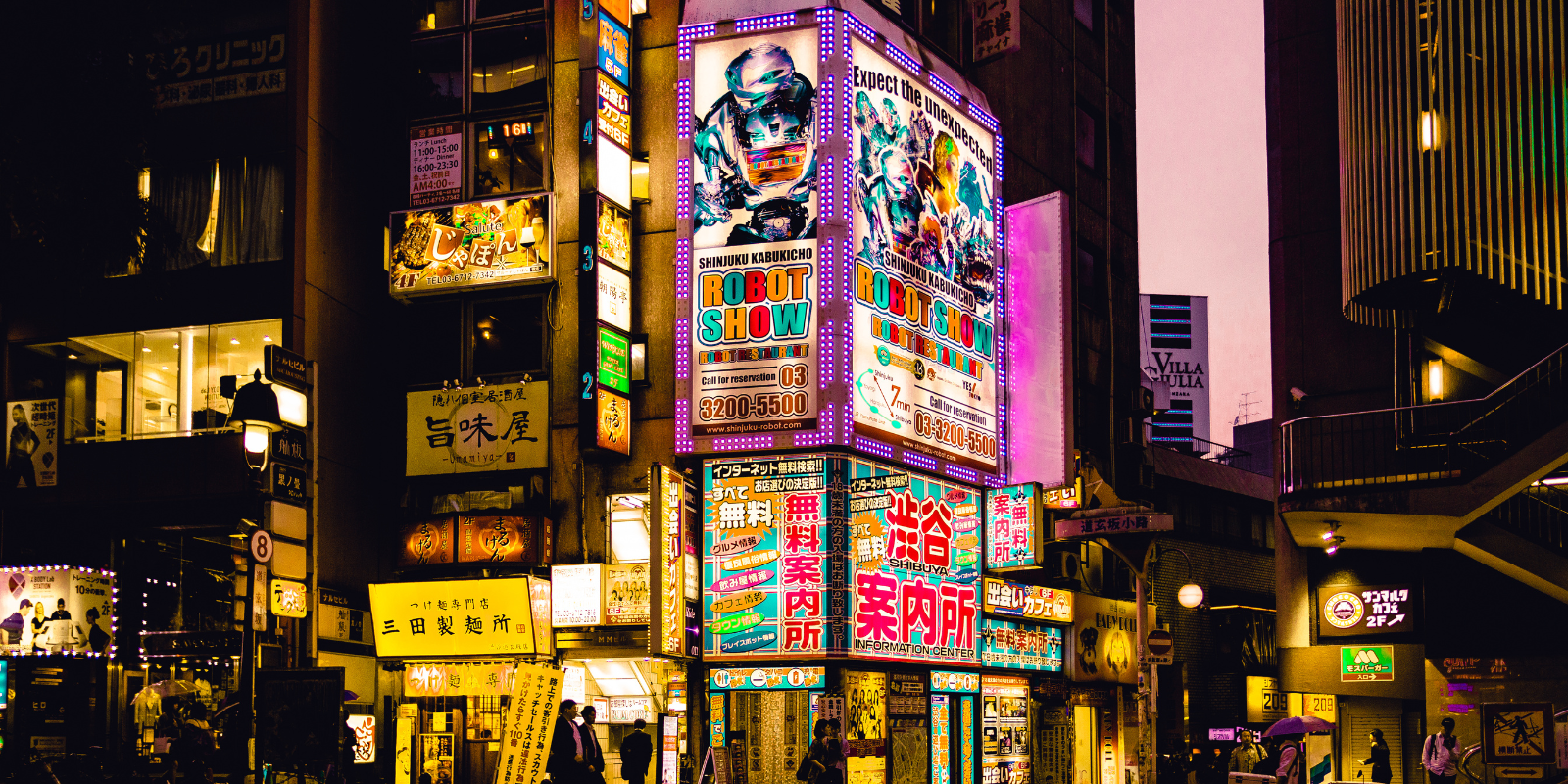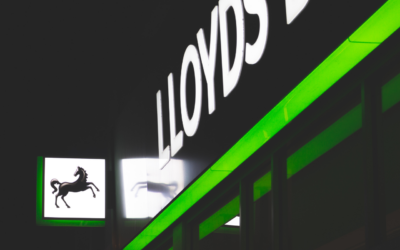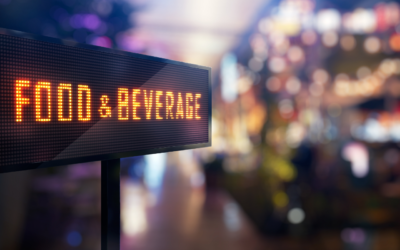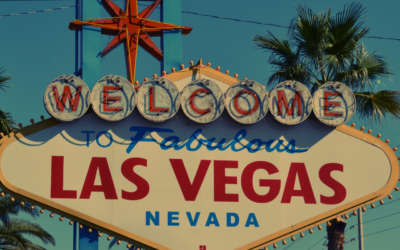In today’s competitive market, a business sign does much more than display your name—it represents your brand identity, attracts customers, and sets the tone for their experience. Selecting the right material for your business signage is crucial to ensure durability, effectiveness, and a professional appearance. From weather conditions to budget considerations, the right choice can make a significant difference in how customers perceive your business.
Key Takeaways:
- The right sign material improves brand visibility and credibility.
- Factors like location, weather, budget, and design preferences affect material choice.
- Different materials offer varying levels of durability, maintenance needs, and aesthetic appeal.
- Working with an experienced signage company ensures you get professional recommendations based on your unique needs.
Why Choosing the Right Sign Material Matters
Your business sign is often the first impression customers have of your brand. A poorly maintained or low-quality sign can send the wrong message, while a durable, well-designed sign communicates professionalism and reliability. Beyond aesthetics, the right material ensures your investment withstands the local climate, resists wear and tear, and maintains its quality over time.
In areas like San Diego and surrounding regions, the weather can vary between sunny, humid, and occasionally rainy conditions. Choosing a material that can endure these elements is vital for outdoor signs, while indoor signs might prioritize appearance and customization over weather resistance.
Factors to Consider When Choosing Sign Materials
1. Location: Indoor vs. Outdoor
Indoor signs are typically protected from harsh elements, allowing for a broader range of materials like foam boards or acrylics. Outdoor signs must withstand UV rays, rain, wind, and possibly temperature fluctuations, requiring more robust materials such as aluminum, dibond, or high-density urethane (HDU).
2. Weather and Environmental Conditions
Coastal areas, like San Diego, experience salty air that can corrode some materials faster than others. If your business is near the ocean, materials like stainless steel or specially coated aluminum are better choices.
3. Budget
Some materials offer excellent durability at a lower price point, while others may cost more upfront but last longer, providing better long-term value. It’s essential to align your material choice with your overall signage budget, considering both immediate and future maintenance costs.
4. Desired Lifespan
Is the sign meant to last several years, or is it temporary for an event or promotion? Temporary signs may use corrugated plastic (coroplast), while long-term signage benefits from materials like PVC, aluminum, or acrylic.
5. Aesthetic Preferences
The look and feel you want your sign to convey will impact material selection. Wood offers a rustic charm, acrylic provides a sleek, modern appearance, and metal delivers a bold, professional look.
6. Maintenance Requirements
Some materials require more upkeep than others. Metals may need polishing to avoid rust, while acrylics need regular cleaning to maintain their clarity.
Popular Business Signage Materials
Aluminum
Aluminum is lightweight, rust-resistant, durable, and suitable for both indoor and outdoor use. It can be finished in various ways—brushed, painted, or powder-coated—offering a range of customization options.
Best For: Outdoor building signs, directional signs, and real estate signs.
Acrylic
Acrylic is a clear, durable material that mimics glass but is lighter and less fragile. It offers a high-end appearance and is perfect for businesses wanting a modern, professional look.
Best For: Indoor lobby signs, illuminated signs, and office branding.
PVC (Polyvinyl Chloride)
PVC signage is affordable, durable, and versatile. It resists moisture and is easy to cut into various shapes and sizes, making it ideal for interior displays.
Best For: Indoor wall signs, point-of-purchase displays, informational signs.
Dibond
Dibond is a composite material made of two aluminum sheets with a solid polyethylene core. It’s exceptionally strong and resistant to weather, making it an excellent choice for outdoor signage.
Best For: Outdoor business signs, real estate signage, storefront displays.
High-Density Urethane (HDU)
HDU is a lightweight, waterproof material that can be carved and painted to resemble wood, stone, or other textures. It is highly durable and unaffected by moisture or temperature changes.
Best For: Dimensional signs, custom monument signs, upscale storefront signage.
Wood
Wood signs offer a timeless, classic look. They can be stained, painted, or carved for custom designs. However, they require sealing and maintenance to withstand outdoor elements.
Best For: Boutique shops, rustic-themed businesses, historic districts.
Coroplast (Corrugated Plastic)
Coroplast is a cost-effective and lightweight option primarily used for temporary signs like yard signs or event signage.
Best For: Temporary promotions, event signage, and real estate open house signs.
How to Choose the Best Material for Your Business
Step 1: Define the Sign’s Purpose
Start by identifying what the sign needs to accomplish. Is it meant to attract foot traffic? Provide directional information? Promote a sale?
Step 2: Determine the Installation Environment
Is the sign for indoors or outdoors? Will it be exposed to harsh sunlight, salty air, or frequent rain?
Step 3: Set Your Budget
Knowing your budget helps narrow down material choices and prevents overspending.
Step 4: Consult with a Professional
An experienced signage provider can recommend the best materials based on your goals, location, and budget.
Frequently Asked Questions (FAQ)
What is the most durable material for outdoor business signs?
Aluminum and Dibond are among the most durable materials for outdoor signage. Both resist corrosion, UV rays, and extreme weather conditions, making them excellent long-term investments.
Is acrylic good for outdoor signs?
While acrylic can be used outdoors, it’s more suited for indoor applications. It is durable but can become brittle under constant sun exposure unless treated or maintained properly.
How long do wood signs last outside?
Properly sealed and maintained wood signs can last several years outdoors. However, they require regular upkeep to protect against moisture and sunlight damage.
What is the cheapest sign material?
Coroplast is the most affordable sign material, ideal for short-term use such as promotions, events, or temporary real estate signage.
Can signs be made with eco-friendly materials?
Yes, many sign companies offer eco-friendly options such as recycled aluminum, biodegradable coroplast, and responsibly sourced wood.
What material is best for a high-end look?
For a sleek, professional appearance, acrylic or brushed aluminum provides a modern, upscale aesthetic.
Work with Attention Getters for Your Perfect Business Sign
Choosing the right material for your business sign is a crucial step toward enhancing your brand visibility and making a lasting impression on customers. With years of expertise in providing high-quality business signage in San Diego and surrounding areas, Attention Getters can help you select the perfect material tailored to your brand’s needs and environment. Contact Attention Getters today to discuss your signage goals and start creating a sign that truly sets your business apart.




